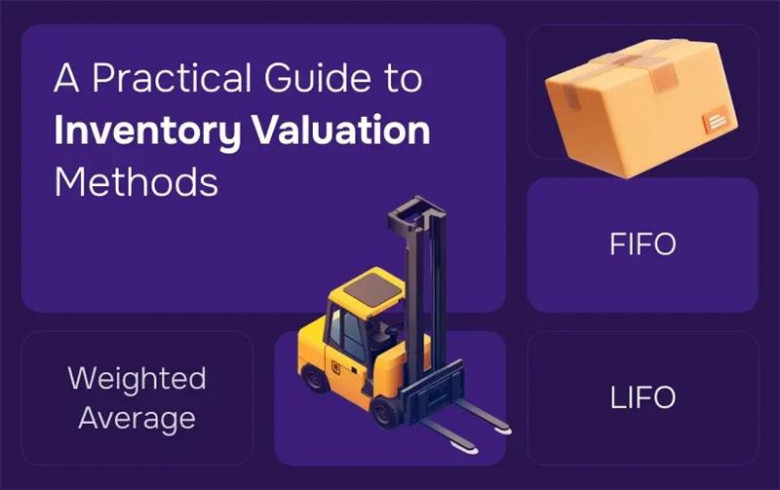views

-
-
FIFO (First-In, First-Out)
-
Assumes the oldest inventory is sold first.
-
Example: If the latest chairs were purchased at $35 each, unsold inventory is valued at the newest costs.
-
Impact: Higher reported inventory value on balance sheets, beneficial for securing loans or attracting investors.
-
LIFO (Last-In, First-Out)
-
Assumes the newest inventory is sold first.
-
Example: Unsold chairs are valued at older purchase prices (e.g., $30 per unit from earlier batches).
-
Impact: Lowers taxable income during inflation by increasing COGS, but may understate inventory value for financial reporting.
-
Weighted Average Cost (WAC)
-
Calculates an average cost per unit across all purchases.
-
Example: Total inventory cost divided by total units yields an average price (e.g., $31.50 per chair).
-
Impact: Smoothes out price fluctuations, offering a middle-ground valuation for stable financial statements.
Strategic Insights
-
Loans/Investors: FIFO boosts balance sheet value, making the business appear more asset-rich.
-
Tax Savings: LIFO reduces taxable income in inflationary environments.
-
Simplicity: WAC simplifies tracking for businesses with homogeneous products.
For a deeper dive into calculations, real-world scenarios, and strategic tips, Read More at - https://procstat.com/knowledge-center/blog/a-practical-guide-to-inventory-valuation-methods-fifo-lifo-weighted-average/
-























Comments
0 comment